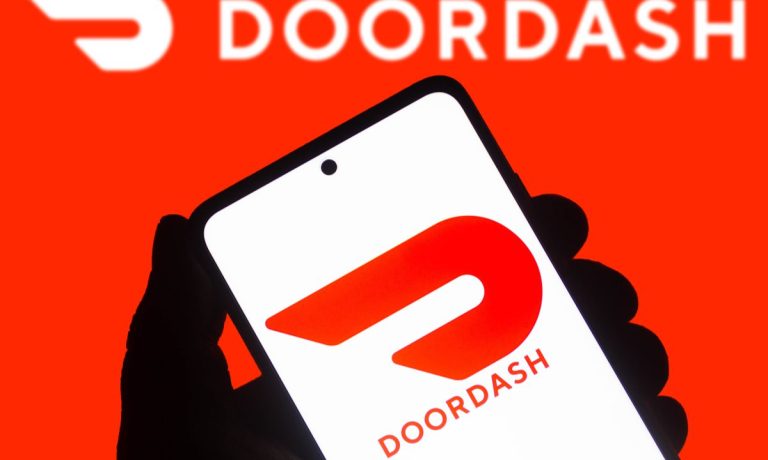DoorDash Says It Will Not Raise Subscription Fee

Despite the high cost of delivery and the economic challenges of the aggregator model, DoorDash, the United States’ leading aggregator, stated that it has no intentions to raise the price of its DashPass membership any time soon.
On a call with analysts Thursday (Nov. 3) discussing the company’s third quarter financial results, CFO Prabir Adarkar stated that the unit economics of the subscription program “work fine” at the current rate.
“I view an increase in subscription fee or DashPass as being something that would actually slow down the pace of DashPass adoption, which we’ve been very happy with so far,” Adarkar said. “It continues to remain the largest paid membership program in the food category. We’ve hit record highs in terms of our DashPass subscribers.”
Moreover, he noted that the program’s growth has continued at a “consistent” rate in spite of competitors’ recent “partnerships” and “bundled offerings,” an allusion to Grubhub’s deals with Amazon and Bank of America to offer a free year of Grubhub+ to the former’s Prime subscribers and the latter’s cardholders.
Both aggregators’ membership programs cost $9.99 a month, which seems like it would be a tricky economic proposition given the high labor cost of the model and the relatively small average order values for restaurant meals. Yet Adarkar maintains that there is “no incentive to change anything in terms of the fee structure.”
That said, the aim of these programs, to drive adoption and order frequency, makes sense, given that, when it comes to share of stomach, DoorDash and all aggregators still have a way to go.
“Even as the market leader sometimes it’s hard to remember, but we’re still less than 10% of the U.S. restaurant industry’s sales,” CEO Tony Xu said.
In fact, the share may be significantly smaller than that. Research from PYMNTS’ study “The 2022 Restaurant Digital Divide: Food Aggregators Find Their Footing in Q2,” which draws from a survey of more than 2,200 U.S. consumers, found that 10% of orders are placed online through the restaurant’s app or website, while only 3% are placed on aggregators. On the other hand, 78% are placed in person.
Get the study: The 2022 Restaurant Digital Divide: Food Aggregators Find Their Footing in Q2
Consequently, in the short term, to become a more regular part of consumers’ routines, free delivery subscriptions may be the most effective tool at aggregators’ disposal. Adarkar noted that monthly active users have increased relative to the previous quarter, and order frequency is up year over year.